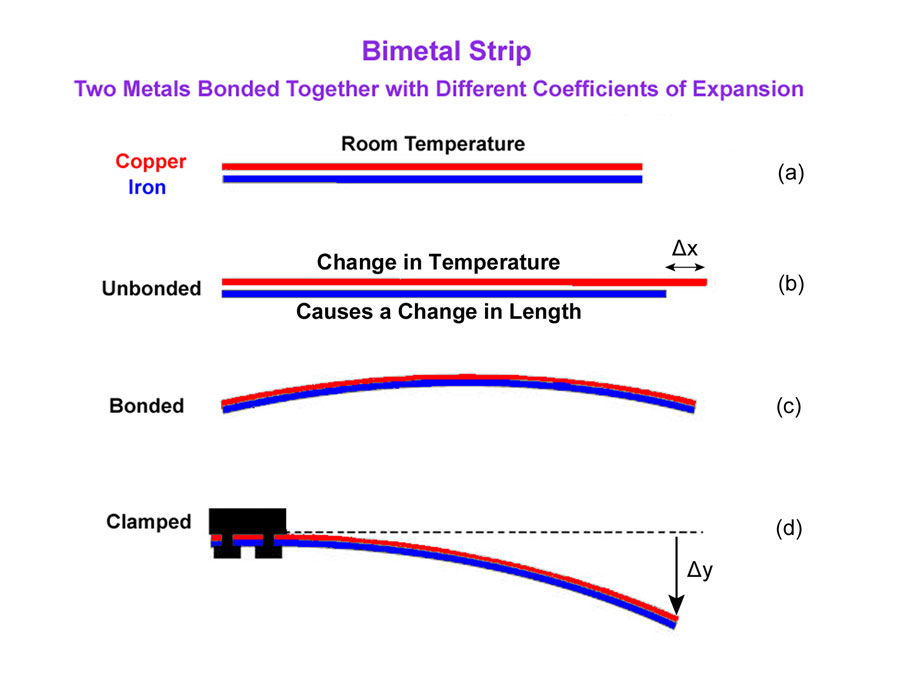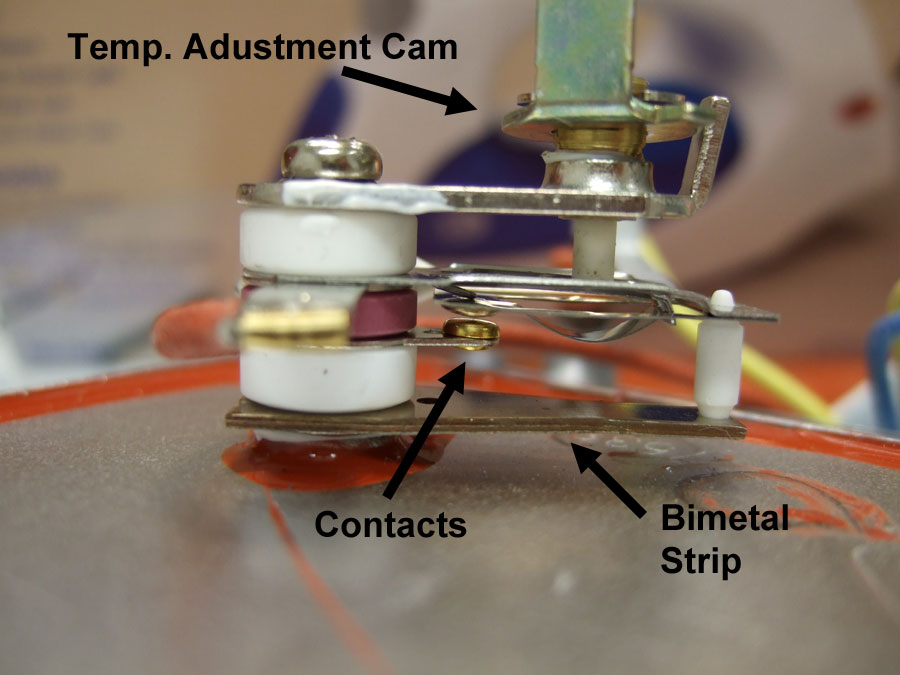-
how do i test a hot side thermostat for proper operation
Posted by guest on July 22, 2016 at 12:00 amI have a Star mfg hot dog steamer. It started warming properly, then went cold. checked across the t-stat, 0 volts on warm but 120 as soon as it is turned up a little. I’m not real familiar with the bi-metal t-stat, any help would be great. thanks
olivero replied 7 years, 9 months ago 1 Member · 7 Replies -
7 Replies
-
Sounds strange. I would check for an overload or safety somewhere, if its Bimetallic, it measures based on resistance so you could ohm through it, Star should be able to tell you the ohms its supposed to be, but if it heated at all, it would be weird for it to stop all of a sudden unless a safety tripped.
-
olivero brings up a good point there.
Me? I got a little wrapped up in the semantics of how you described the voltage readings. I’ll put that aside though – since your profile says you’re not a technician. I have no way of knowing if you can properly interpret voltmeter readings. However, I’ll proceed with a bit more information in case I’m wrong.
A bi-metal thermostat works from just this:
When bonded together, the two metals bend at different rates based upon temperature.
The part of this that permits temperature adjustment is merely a threaded stem that moves in or out to change the amount that the two bonded metals must bend before the bi-metal strip can open the electrical connection for energizing the circuit. The threaded stem’s physical action within the bi-metal thermostat is called the adjustment cam:
Failure of ANY thermostat occurs over time due to the repeated cycling of its electrical contacts – which causes them to pit. “Pitting” causes resistance (and heat) at their point of electrical contact. As such, eventually the contacts become degraded and may quit conducting altogether – so circuit function becomes intermittent or just STOPS. Another possibility is that the contacts may weld together (from heat due to resistance at the point of electrical contact) and cause the circuit to stay on CONSTANTLY – despite the set temperature and how much the two bonded metals want to bend. That’s when a hi-limit in the circuit (if it has one) overrides and disables the circuit.
Credit to http://www.electrical-forensics.com for the graphics.
-
Very true, but not all bimetal thermostats work that way, a thermocouple is also bimetal, same concept but measures resistance depending on heat. Blast chillers and some ovens and other equipment don’t use traditional thermostats like that but use relays on circuit boards that open and close based on the reading from the measuring point which is normally in Milli amps or its ohms, there is no “one services all” thermostat, unfortunately so you will have to specify what it looks like, even a picture would help.
Depending on the unit and the fact that its mere hot dog warmer, It is very likely a traditional like the above but don’t put all your money on it before you are sure..
Ectofix does bring up a point I missed, do you know how to use a volt meter? If you measure from one side of the thermostat to the other and you get 120 V then the circuit is open but voltage is going to the thermostat. the circuit is seeming to be closed because the other side is giving you the ground making it seem complete. If the thermostat is on and both sides hot, the reading will not be 0L but 0.7898798 or something like that because you are reading the same leg at 2 points. Took me a while to understand that, made poor troubleshooting choices in the past from not understanding this, very tricky sometimes.
The way to check it is to go from each side (when its engaged or supposed to be engaged) and measure to ground from each side of the thermostat, if you got voltage on both sides it should be all good. Question to ask though is; does the thermostat move at all, engaging, disengaging. Visual troubleshooting can most times, guide you in the right direction.
Hard to diagnose without more information.
-
>Very true, but not all bimetal thermostats work that way
Actually, all bimetal *thermostats* do work exactly that way.
>a thermocouple is also bimetal, same concept but measures resistance depending on heat
Um, no. A thermocouple/thermopile generates a voltage or current accross a specified load resistance, which is used to generate a temperature indication.
A Thermistor vairies it’s resistance with temperature.
-
Well all-right. Thanks for the correction.
-
Heh. ‘Sok. I hate to be pedantic about things like that, but there *is* a difference, and to know the differences will help y’all with troubleshooting stuff.
And to add yet another sensor: a RTD, which I’ll have to go look up to see how it works.
-
No worris, I know where your coming from. Still tons to learn.
Log in to reply.


